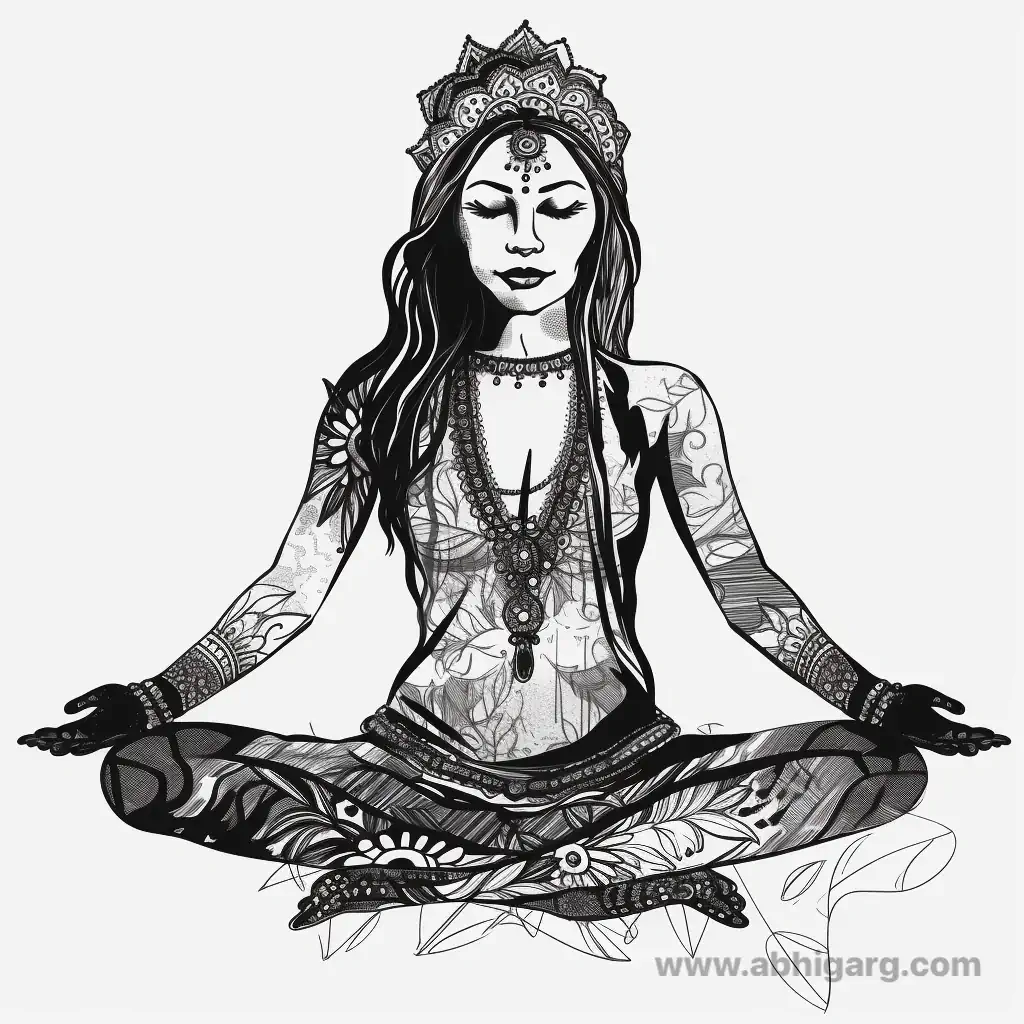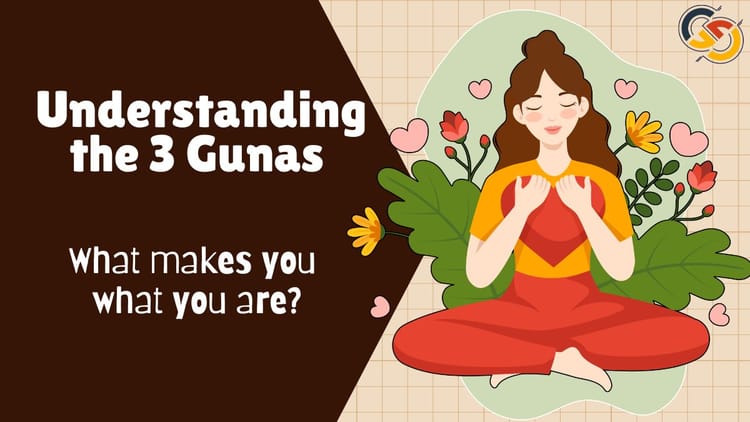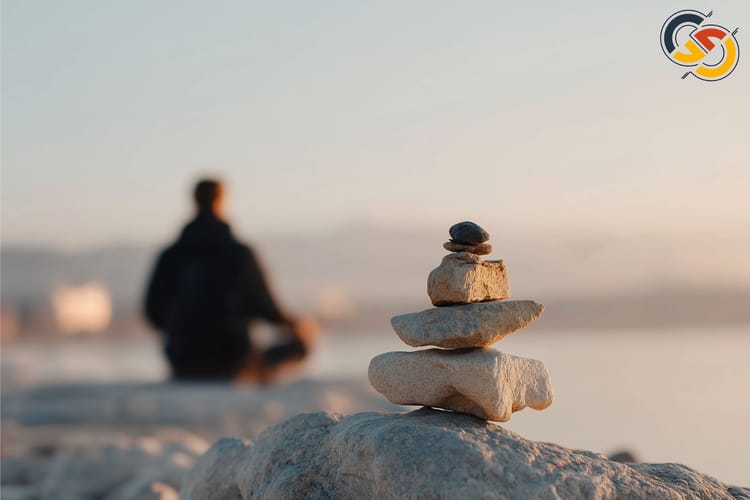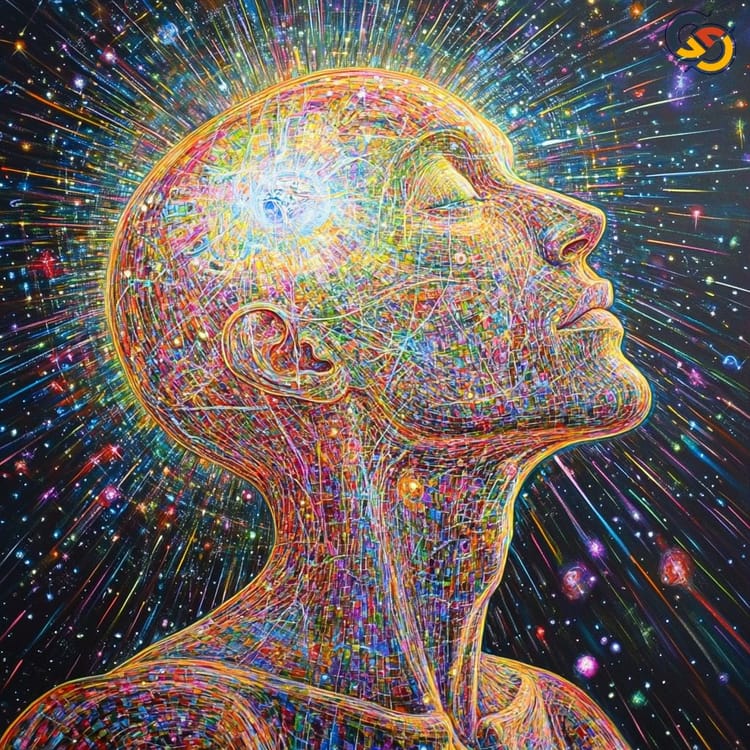What is Hatha yoga?

Hatha yoga is a branch that focuses on physical postures, breath control, and meditation to achieve a balance between body, mind, and spirit. The term "hatha" is derived from the Sanskrit words "ha," meaning "sun," and "tha," meaning "moon," representing the balancing of opposing energies within the practitioner.
Hatha yoga is based on ancient Indian philosophies and texts, particularly the Hatha Yoga Pradipika, which is considered one of this practice's foundational texts. Hatha yoga is also influenced by Patanjali's Yoga Sutras, which provide the philosophical framework for yoga as a whole.
Salient features of hatha yoga include:
Asanas (postures):
Physical postures are designed to improve flexibility, strength, and balance. Regular practice of asanas helps build a strong, flexible, and balanced body. Each asana targets specific muscle groups, organs, and energy channels within the body. Asanas are generally held for a few breaths or longer, allowing the practitioner to focus on proper alignment and body awareness. Some common asanas include Tadasana (Mountain Pose), Adho Mukha Svanasana (Downward-Facing Dog), and Trikonasana (Triangle Pose).
Pranayama (breath control):
Pranayama involves various breathing techniques to regulate and control the flow of prana (life force energy) within the body. Different pranayama techniques affect the body and mind, such as calming, energizing, or balancing. Some standard pranayama techniques include Ujjayi (Victorious Breath), Nadi Shodhana (Alternate Nostril Breathing), and Kapalabhati (Skull Shining Breath). Regular pranayama practice can improve concentration, reduce stress, and support overall mental and physical well-being.
Meditation:
Meditation is the practice of focusing the mind on a single point of concentration or simply observing one's thoughts without judgment. Hatha yoga incorporates meditation to help cultivate mindfulness, inner peace, and a deeper connection with oneself. Meditation techniques include focusing on the breath, repeating a mantra, or practicing loving-kindness meditation. Regular meditation can help reduce stress, improve mental clarity, and enhance emotional resilience.
Mudras (hand gestures):
Mudras are symbolic hand gestures believed to direct energy flow and enhance the effects of specific asanas and pranayama techniques. By forming different mudras, practitioners aim to connect with certain qualities or energies, such as grounding, Focus, or inner peace. Some common mudras include Anjali Mudra (Salutation Seal), Gyan Mudra (Seal of Knowledge), and Prana Mudra (Seal of Life). Mudras can be practiced during asana, pranayama, or meditation.
Bandhas (energy locks):
Bandhas are internal body locks that help control the body's energy flow. Engaging these locks during asanas and pranayama enhances their effects and promotes overall energy balance. There are three main bandhas: Mula Bandha (Root Lock), which involves contracting the pelvic floor muscles; Uddiyana Bandha (Abdominal Lock), which consists of lifting the diaphragm and engaging the abdominal muscles; and Jalandhara Bandha (Throat Lock), which involves tucking the chin towards the chest and lifting the sternum. Bandhas can be practiced individually or in combination.
Shatkarmas (cleansing techniques):
Shatkarmas are a series of six purification techniques used in hatha yoga to cleanse the body internally. These practices aim to remove toxins and impurities, promoting physical and mental health. Shatkarmas include Neti (nasal cleansing), Dhauti (intestinal cleansing), Basti (colon cleansing), Nauli (abdominal massage), Kapalabhati (frontal brain cleansing), and Trataka (steady gazing). These techniques should be practiced under the guidance of an experienced teacher to ensure proper execution and safety.
Balance and harmony:
The overarching goal of hatha yoga is to create balance and harmony between the body, mind, and spirit. By practicing asanas, pranayama, meditation, and other techniques, hatha yoga aims to align and balance opposing energies within the practitioner within the practitioner, such as the sun and moon energies (represented by "ha" and "tha" in the word "hatha"). This balance can be achieved by addressing the self's physical, mental, and emotional aspects.



Lotus pose, Mudras, and Focus.
Physical balance:
Hatha yoga helps to develop physical balance by strengthening and stretching muscles, increasing flexibility, and improving posture. Asanas target different muscle groups and can be tailored to address specific imbalances or areas of weakness. Consistent practice helps to create a strong, stable, and balanced body that is less prone to injury and supports overall well-being.
Mental balance:
Hatha yoga techniques such as pranayama and meditation help cultivate mental balance by calming the mind, improving focus, and increasing self-awareness. These practices can help to manage stress, reduce anxiety, and promote emotional stability. As the mind becomes more focused and peaceful, it becomes easier to navigate the challenges of daily life with greater strength and resilience.
Emotional balance:
Hatha yoga encourages practitioners to develop a deeper understanding of their emotions and thought patterns by fostering self-awareness and introspection. This awareness can help recognize and address emotional imbalances, promote well-being, and develop healthier coping mechanisms. Additionally, loving-kindness meditation can help cultivate positive emotions like compassion, empathy, and forgiveness.
Spiritual balance:
Hatha yoga is a holistic practice that connects practitioners with their inner selves and promotes spiritual growth. It achieves this by cultivating mindfulness, self-awareness, and inner peace through meditation and fostering a sense of unity and interconnectedness with the world around us. Regular practice can help individuals develop a more profound understanding of purpose and meaning in life, ultimately supporting personal growth and spiritual development.
In summary, hatha yoga is a comprehensive practice that aims to create balance and harmony between the body, mind, and spirit. By incorporating various techniques, such as asanas, pranayama, meditation, mudras, bandhas, and shatkarmas, hatha yoga provides a holistic approach to well-being and personal growth. Consistent practice can improve physical health, mental clarity, emotional resilience, and spiritual development, ultimately supporting a balanced and fulfilling life.



